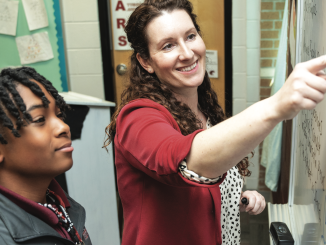
Here’s how to get them on the right track before the entire year is lost
A spoonful of sugar may help the medicine go down, but it could take a little more for the homework to get done, say experts. “The first weeks of the school year are behind us, the crayons are worn, and the new pencils are broken,” LSU AgCenter associate Cheri Gioe says.
“Homework has begun to rule the afternoons for you and your children. What do you do?”
Gioe says it may be easier to get children to complete homework if they see the rewards or benefits to it.
“The rewards may be something as simple as spending quality time together as a family after everyone has done their homework,” Gioe says. “The important thing is to try to take any sense of drudgery out of doing homework.”
The expert says the quest for making homework more enjoyable has to begin with everyone understanding why teachers assign it.
“Teachers know that homework can help improve a child’s memory and understanding of daily schoolwork,” Gioe explains.
“It also can help children develop study skills that are valuable in and out of school. And it helps children realize that learning can and will take place anywhere, not just in class.”
The National Parent Teacher Association suggests homework for children in kindergarten through second grade should not exceed 10-20 minutes per day and that children in third through sixth grades benefit from 30-60 minutes.
“Junior high and high school students benefit from spending more time with homework,” Gioe says. “A good thing to remember is that daily reading is helpful for all ages.”
The U.S. Department of Education says assisting children with homework is OK – as long as parents or others don’t complete the assignments for children.
“Parents still can play an important role in assisting with homework,” Gioe says. “They just need to let children do the work – so the children learn from it.”




Be the first to comment